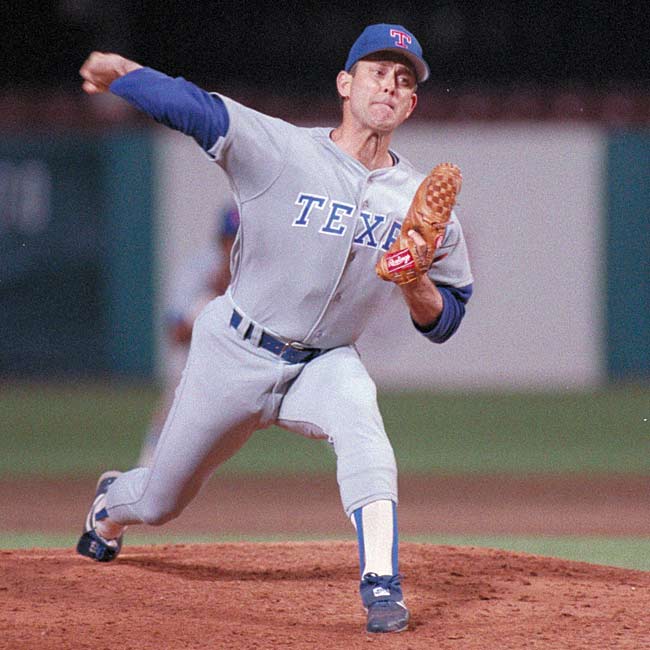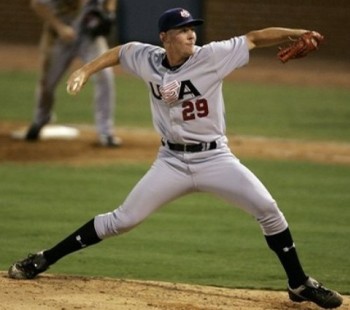I actually have several different ways to throw a simple punch for example...
- If I want to hit someone quickly, I have a way to enter someone's space and get contact long before my lead foot touches the ground and my "nose" gets anywhere near my opponent. (I picked this up from Seiyu Shinjo via Marty Dow.) It's a great lead technique that gets your opponent behind in the OODA loop (Observe, Orient, Decide, Act), and thus allows you to stay ahead of your opponent so long as you continue with a barrage all the way to a take-down and submission or ippon. The power you may be lacking won't matter if your leading blow either is distracting or attacks someone's structure and temporarily renders their center disengaged from their weapons.
- If I'm ahead of my opponent or have their center under control, I can then perform a body whip motion (Sequential Summation of Motion) which will maximize the impact of a hit.
- Is your motion linear or lateral?
- Are you going for speed or power?
- Are you kicking with or without shoes on?
- Are you hitting with a small point (say a big toe) or a large one (say a heel)?
- Are you trying to break a bone (say a rib) or attack structure (e.g. go after a hip fold or back crease of knee)?
- Are there any obstacles (e.g. someone's leg block) that you're trying to get around or through?
That said...
There are better and worse ways to do various techniques. Sometimes when I hear a teacher say "Blah blah blah is bad..." I can sort of kind of understand what they are saying by spending time thinking through the mechanics. There is a rule of thumb that most people should follow here. As much as possible one should be attempting to generate most of the energy with the large muscles of the body operating the bigger joints. The energy wave then should come through to the periphery in a manner that requires less effort with the peripheral muscles and less total angle of travel of those peripheral joints. In doing so one is able to put less stress on (for instance) knees and elbows.
If that makes sense...
If you think I'm over the top with my analysis, well guess again. People who are paid lots of money to analyze the mechanics of professional athletes who get paid millions per year put a lot of science and effort into such endeavors. It's well worth going to our friends in other physical activities and listen to their methods. If only you squint your mental eyes, you just might be able to take a generalizable principle over into the martial realm. Just maybe...
Here's an article about Stephen Strasburg.

He's a pitching phenom out of San Diego State who was signed up by the Washington Nationals and was pitching in his first year in the majors. His major league debut was a much-heralded event. He had the ability to embarrass the best hitters in his rookie year.
And then... snap! Can you say Tommy John surgery? A very common injury that "flame throwers" get is a damaged ulnar collateral ligament in the elbow. Surgical repair and rehab takes about 1.5 years, and you may never be the same. Some have careers after the surgery, and some not so much. A lot of it depends on how much their rehab involves re-inventing their mechanics.
Read more: Mechanical flaw will be red flag for Strasburg even after returnSI.com wrote:
The answer to why Strasburg blew out -- and why his future is a risky one -- may lie in his mechanics. Several pitching coaches quietly predicted Strasburg was at risk before he broke down. He will continue to bear risky loads on his elbow and shoulder unless he changes the way he throws.
To understand the danger of the glitch, first you must understand the most critical point of a pitcher's delivery. The pitching motion is a kinetic chain of events, carefully calibrated and timed, like a Formula One car's engine, for maximum efficiency. But above all others one link of the chain is most important: the "late cocking phase," or the phase during which the shoulder reaches its maximum external rotation with the baseball raised in the "loaded" position (typically, above the shoulder) and ready to come forward.
"The late cocking phase appears to be the critical point in the pitching motion," according to a conclusion from a study by Dr. Brandon Bushnell of Rome, Ga., and colleagues and published last year in the American Journal of Sports Medicine, "where higher levels of torque at the shoulder and elbow can result in increased risk of injury. Manipulation of pitching mechanics to alter these torque levels or using these measures to identify pitchers at risk may help decrease injury rates."
Here is the key to managing the torque levels in the late cocking phase: timing. The ball should be loaded in the late cocking phase precisely when the pitcher's stride foot lands on the ground.
"If he's too early or too late he winds up with more force on the shoulder and elbow," said Glenn Fleisig, Ph.D., research director for the American Sports Medicine Institute in Birmingham, Ala. "The energy gets passed to the arm before it was ready, or after."
Without the energy from the rest of the body, the shoulder and elbow must bear higher levels of torque in what in even optimum circumstances is a maneuver that taxes the physical limits of what an arm can bear.
How important is this specific timing? I spoke with a key decision maker for one club last week who, speaking on the condition of anonymity, said his club will not consider any pitcher -- by draft, trade or free agency -- who does not have the baseball in the loaded position at the time of foot strike.
It is during this critical moment of the throwing motion when Strasburg fails. Most pitchers, after taking the ball out of their glove, swing the ball down and away from the body and then raise it in a way in which the throwing hand raises and then the elbow and shoulder follow. Think about the way you would draw back a whip before cracking it.
However, once Strasburg takes the ball out of the glove, down and away from his body, his right elbow, not his right hand, literally takes the leading role. Like re-writing a script, the roles in the kinetic chain are switched. Now it is the elbow that raises higher than the shoulder and the hand.
There is one moment in this sequence when both of Strasburg's elbows are higher than his shoulders, as if he were locked in medieval village stocks. Many people have frozen that moment of his delivery and assigned it as the point of risk. That's not entirely true.
The problem is the timing associated with that move, not the move itself. When Strasburg gets his elbows above his shoulders and the baseball is below or about even with his right shoulder, his stride foot is hitting the ground. The ball should be in the loaded position at that point, but because Strasburg uses the funky "high elbow" raise, he still has to rotate his arm above his shoulder to get it there. The energy from landing on his stride foot has passed too early to the shoulder and elbow -- before the joints are ready to use it.
"It's not a case of too much armpit angle," Fleisig said, referring to the moment when the elbows are raised. "It's that the arm hasn't rotated yet."
Fleisig spoke in general about the glitch some pitchers have with the raised elbow, not Strasburg in particular. When I asked him if this glitch puts pitchers at greater risk of injury, he said, "Totally. It is risky and dangerous. That's a red flag. Definitely."
- Bill




